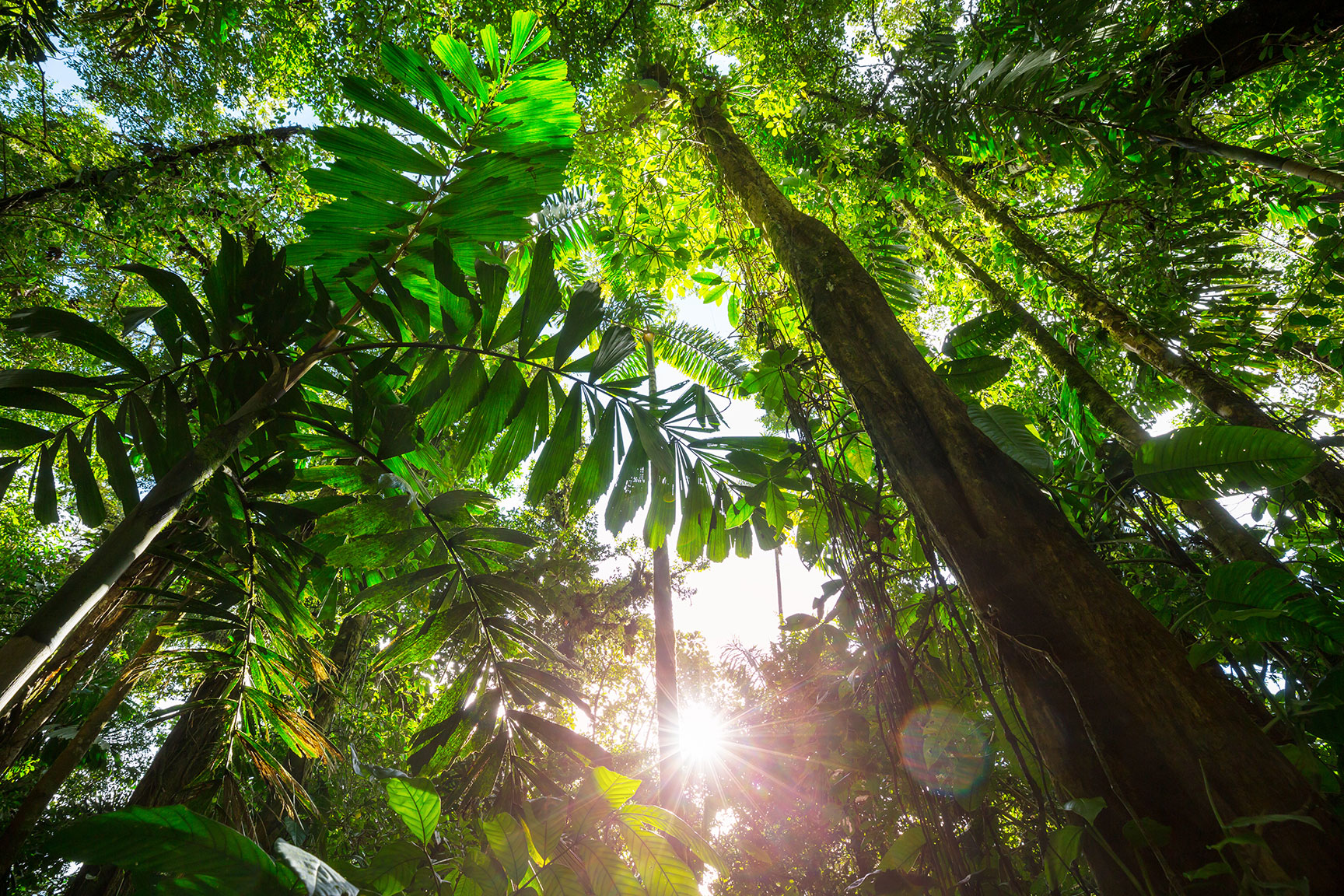
How deforestation is affecting coffee fields in Brazil
It has always been known for its superlatives. The largest rainforest on earth, harbouring the longest river system with the mightiest water flow, home to the world’s greatest terrestrial biodiversity. And now the scene of one of the gravest environmental crimes of all time, the Amazon rainforest, especially its larger portion located in my home country, Brazil, is being devastated at an unprecedented rate. Although deforestation in this immense region begun decades ago, in the current government all sorts of irregular activities which destroy the forest, from illegal gold mining and timber contraband to the utter vandalism of burning the trees to make (poor and short-lived) pastures for cattle have received a boost with the explicit assurance of no enforcement of our environmental laws.
The mighty Amazon Rainforest seems doomed from what we read in the news. Until now, some 20% of the Brazilian Amazon has been destroyed. The consequences are now becoming clear to the ordinary citizen: in the rest of Brazil, severe droughts caused by the cessation of the “flying rivers” – the marvellous atmospheric conveyor belt which transported humidity from the Amazon south to the main agricultural regions of the country – are becoming more frequent, and “black rain” laden with ashes from forest burning are tainting cities thousands of kilometres away from the arson sites. There are serious signs that the forest as a whole, beleaguered by changes brought about by thousands of clearings, is no longer acting as an efficient carbon sink, reducing its contribution to stabilize global climate.
However, and contrary to what many of my colleagues in the environmental movement might think, I believe that the forest will survive, not because of government regulations, but due to the growing awareness on the sheer need to keep it alive, both for environmental and economic standpoints. The dark season of the deforestation thugs will pass; current activities leading to forest devastation benefit a minuscule number of people compared to the millions who profit from the forest left standing. It is this equation which will save the Amazon.
To begin with, there are many products from the forest itself which have immense monetary value. The famed açaí and Brazilnut are just two of these, and entire communities live off its sustainable harvest. Amazonian cocoa, still less known that its Northeastern Brazil counterpart, is a rising star as one of the “black gold” crops of the rainforest, with the State of Pará alone exporting more than 140,000 tons in 2020, and other agroforestry products such as coffee are becoming well established. True, these products still need the establishment of appropriate logistics and value chains, but these are constantly improving. And instead of sparse cattle in impoverished burnt grasslands, reforestation for carbon credits and provision of ecosystem services is taking hold through hundreds of different projects, bringing the forest back from the ashes.
For these forest-protecting enterprises to succeed, it is important that people and companies around the globe contribute too, by consuming and trading only in Brazilian products with a credible sustainability certification and making sure that investments made in Brazil are also guided by sustainability considerations. Besides the Amazon, other invaluable biomes such as the central Cerrado highlands and the Pantanal wetlands also depend on a sustainability awakening to survive and generate quality jobs and income. It is up to every one of us to ensure that it happens – now.